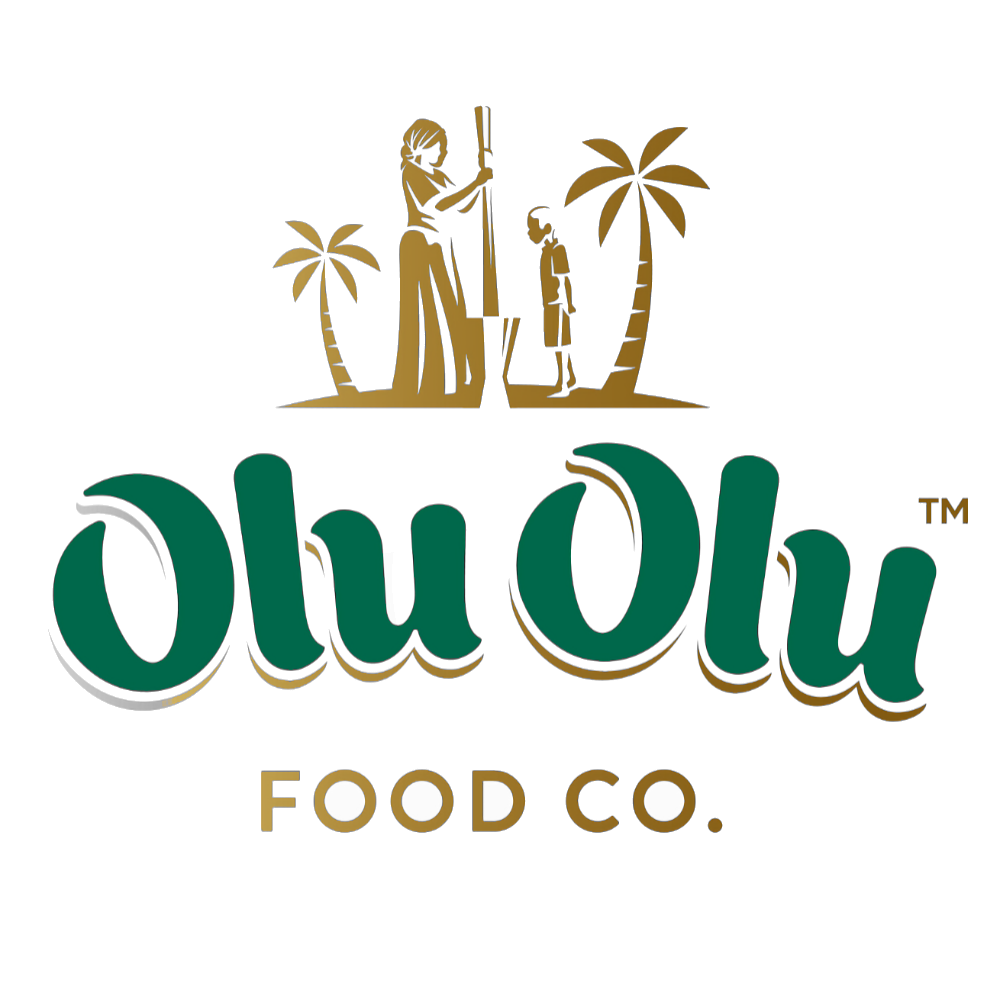An Introduction to Palm Oil: What Is It and Where Does It Come From?
Palm oil, a versatile and controversial ingredient, plays a significant role in our daily lives. Extracted from the fruit of oil palm trees, primarily grown in tropical regions like Southeast Asia, Africa, and Latin America, palm oil is a staple in various products, from food to cosmetics.
Picture this: vast plantations of towering oil palm trees with bright orange clusters of fruit. These trees thrive in hot and humid climates, making countries like Malaysia and Indonesia the top producers. The oil is derived from the pulp of the palm fruit, and its popularity stems from its unique properties.
In the kitchen, palm oil proves indispensable. It boasts a high smoking point, making it ideal for frying and cooking. Beyond the culinary realm, palm oil is a key ingredient in a myriad of products lining supermarket shelves. It lends a creamy texture to chocolate, extends the shelf life of baked goods, and even finds its way into our shampoos and soaps.
However, the story of palm oil is not all sweetness. Its cultivation has raised environmental and ethical concerns. The expansion of plantations has been linked to deforestation, threatening biodiversity, and contributing to climate change. Additionally, issues surrounding labor practices and land rights have sparked debates about the ethical implications of palm oil production.
Understanding palm oil involves navigating a complex web of economic, environmental, and social factors. As consumers, being informed about the origins of the products we use empowers us to make choices aligned with our values. So, the next time you grab a snack or peruse ingredient labels, spare a thought for the journey of palm oil—from tropical plantations to your daily life.
The Nutritional Content of Palm Oil: Good Fats, Vitamins, and More
Palm oil is jam-packed with nutritional benefits. Here are some of the main reasons it deserves a spot in your pantry:
Good Fats
Palm oil is loaded with saturated fat, but not the bad kind you’ve been warned about. It contains medium-chain triglycerides, or MCTs, a type of saturated fat that provides an instant energy boost and helps your body burn more calories. MCTs have also been shown to help with weight loss and management.
Vitamin E
Palm oil is the richest natural source of tocotrienols, a form of vitamin E that acts as an antioxidant in the body. Antioxidants help fight cell damage and provide other benefits like cancer prevention, improved brain health, and a stronger immune system. Just one tablespoon of palm oil contains 100% of your daily vitamin E needs.
Red Palm Oil
Unrefined red palm oil gets its bright orange color from carotenoids like beta-carotene, which your body converts to vitamin A. Vitamin A promotes eye, bone, and cell health. Red palm oil has 10 times the carotenoids of tomatoes and carrots.
Cholesterol-Free
Unlike some other saturated fats, palm oil contains no cholesterol. So you can enjoy its unique nutritional benefits without worrying about it negatively impacting your cholesterol levels or heart health.
With all these nutritional advantages, palm oil deserves to be a staple in any healthy kitchen. Give it a try in your cooking and baking, and enjoy all the natural benefits of this tropical treasure.
The Health Benefits of Palm Oil
Palm oil is a nutritional powerhouse. It contains healthy fats, antioxidants, and various vitamins and minerals that provide some impressive benefits for your body and mind.
- Palm oil is high in saturated fat, specifically palmitic acid, but also contains some monounsaturated fats. These fats provide energy and help absorb fat-soluble vitamins like vitamins A, D, E, and K. Palm oil also contains carotenoids, a type of antioxidant that gives palm oil its reddish color. Carotenoids are great for eye health and protecting against cell damage.
- Vitamin E is an important antioxidant found in palm oil. It helps strengthen your immune system and protects your cells from damage. Palm oil contains all eight forms of natural vitamin E, including rare and potent forms like tocotrienols.
- Palm oil may also help improve brain function. Studies show that tocotrienols from palm oil may help protect against cognitive decline and reduce the risk of neurodegenerative diseases like Alzheimer's and dementia. The fats in palm oil are also important for healthy brain development and function.
Some other benefits of palm oil include:
- Improved heart health. Palm oil may help lower risk factors for heart disease, like high blood pressure and cholesterol.
- Reduced cancer risk. The antioxidants in palm oil have anti-cancer effects and may help protect against some types of cancer.
- Healthy pregnancy and fetal development. The fats and vitamins in palm oil are important for the health of both mother and baby during pregnancy.
- Improved skin and hair health. Palm oil contains nutrients that can moisturize the skin, reduce inflammation, and promote hair growth.
Palm oil deserves its place as a nutritious and healthy oil. When consumed in moderation, it provides many benefits for your body and mind. Adding palm oil to your diet is an easy way to boost your health and vitality.
Cooking and Baking Hacks With Palm Oil: Substitutions, Ratios, and Recipe Inspiration
- Substitute for butter or vegetable oil. Palm oil works great as a 1:1 substitute for butter or vegetable oil in most recipes. Use the same amount of palm oil as the recipe calls for in butter or oil. Because palm oil is solid at room temperature, you may need to slightly melt it before adding it to a recipe.
- Palm oil will add richness without the dairy and works especially well in vegan recipes. Try using palm oil in place of butter or oil when baking cookies, cakes, or muffins. You really can’t tell the difference!
- Add creaminess to sauces and dressings. A little palm oil is all you need to create an ultra-creamy sauce, dip, or dressing. Add just 1-2 tablespoons of palm oil to a simmering pasta sauce, chili, or curry to make it rich and creamy. Or blend a spoonful of palm oil into your favorite vinaigrette for a creamy salad dressing.
- Enhance Flavor in Asian-Inspired Dishes. Palm oil is commonly used in Malaysian and Indonesian cooking to enhance flavor and richness. Add a bit of palm oil to fried rice, noodles, or stir-fry for authentic flavor. You can also brush palm oil on meats like chicken, fish, or shrimp before grilling for a burst of flavor.
- Coating for Frying. Palm oil has a high smoke point, so it works great for frying. Use palm oil in place of peanut or canola oil for frying foods like chicken wings, onion rings, or french fries. The palm oil will make foods super crispy without burning. Be sure to strain and reuse palm oil for the best flavor.
With these simple hacks, you’ll be cooking and baking like a pro with palm oil in no time. Try a few in your kitchen this week and let the inspiration unfold!
Healthy Habits: How to Use Palm Oil Responsibly for Yourself and the Planet
- Buy sustainable and certified palm oil. Look for products with sustainable palm oil certified by the RSPO (Roundtable on Sustainable Palm Oil). This ensures the oil is produced without deforestation or exploitation.
- Use palm oil in moderation. While palm oil is cholesterol-free and high in heart-healthy fats, it’s still high in calories. Aim for 1-2 tablespoons per day. Palm oil works great as a butter or coconut oil substitute in recipes.
- Balance your fat intake. Palm oil is high in saturated fat, so balance it out with unsaturated fats from foods like nuts, seeds, olive oil, and avocados. The latest dietary guidelines recommend limiting saturated fat to less than 10% of your daily calories.
- Support red palm oil. Red palm oil is unrefined, keeping antioxidants like carotenoids intact. Studies show carotenoids may boost heart and eye health. Look for organic, sustainable red palm oil and use 1/2 tablespoon a few times a week. The strong flavor works well in curries, stews, and smoothies.
Using palm oil responsibly allows you to reap the benefits while protecting forests and communities. Making sustainable choices and moderating your intake are two of the healthiest habits when it comes to palm oil. Every action makes a difference!
DIY Beauty Hacks With Palm Oil: Natural Skincare and Haircare
Moisturizing Body Butter
Palm oil is a rich source of vitamin E, a powerful antioxidant that helps protect skin cells from environmental damage and slows down aging. Its high saturated fat content gives it a creamy, luxurious texture that absorbs quickly into the skin. Make your moisturizing body butter with palm oil, coconut oil, and shea butter.
- Melt 1/2 cup each of palm oil, coconut oil, and shea butter in a double boiler or saucepan over low heat, stirring frequently.
- Remove from heat and transfer to a bowl.
- Add 10–15 drops of an essential oil of your choice, like lavender or lemon, for fragrance (optional).
- Mix it well and pour into jars. Allow it to cool and set completely before capping. This DIY body butter will last for several months.
Natural Hair Mask
If your hair is dry or damaged, treat it to a rejuvenating hair mask made with palm oil, honey, and banana.
- Mash one ripe banana and mix with 1/4 cup palm oil and 2 tablespoons honey.
- Apply the mask to damp hair, cover with a shower cap, and let sit for 30 minutes.
- Rinse out thoroughly with shampoo and condition as usual. The vitamin E in palm oil helps strengthen hair and reduce breakage, while honey is a natural humectant that draws moisture into the hair shaft. Your locks will feel soft, silky, and replenished.
- For an intensive pre-shampoo treatment, apply the mask and sit under a hooded dryer for 10–15 minutes before rinsing out. The heat will help the ingredients penetrate deeper into the hair.
- Use this mask once a month or as needed when your hair is feeling particularly dry or damaged.
These are just a couple of easy DIY (Do it Yourself) beauty hacks using palm oil. Its rich texture and skin-nourishing properties make it ideal for homemade skincare and haircare products. Give these recipes a try, and your skin and hair will thank you!
Conclusion
So there you have it, folks. Palm oil is a versatile and flavorful oil that deserves a place in your kitchen. Whether you use it for stir-frying, baking, or simply spreading on toast, palm oil can add lots of flavor to your food. And with its healthy fats and antioxidants, palm oil provides nutritional benefits as well. Give some of these cooking hacks and recipes a try, and you'll find more and more ways to use palm oil in your everyday cooking. Your taste buds and your body will thank you for it. Palm oil—it's the magical ingredient you never knew you needed!


















































